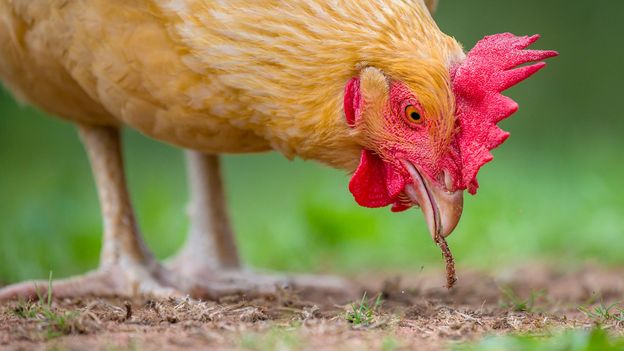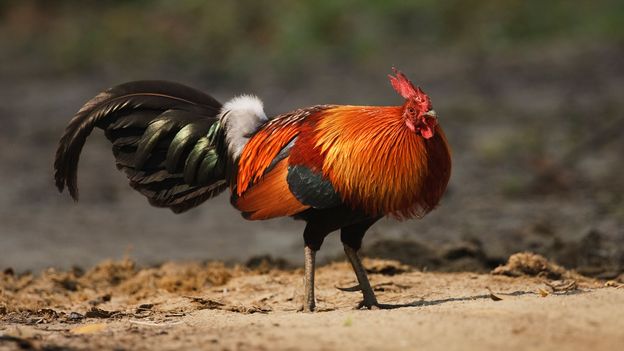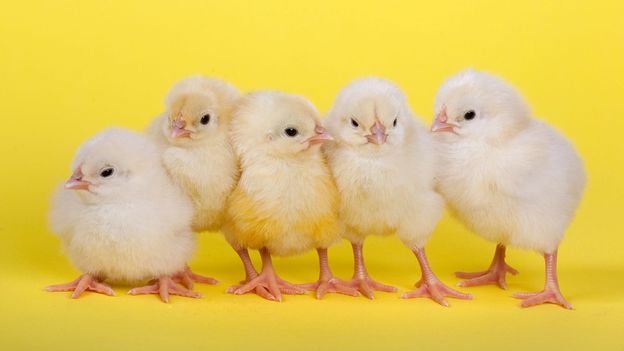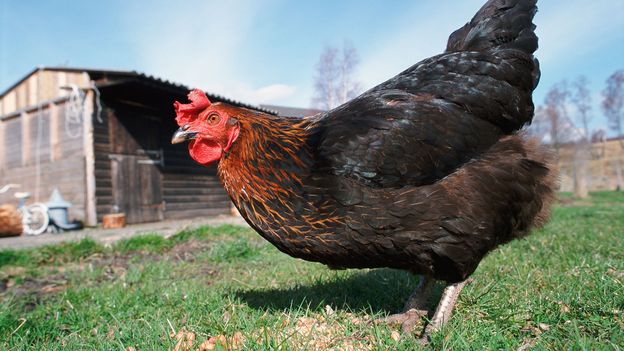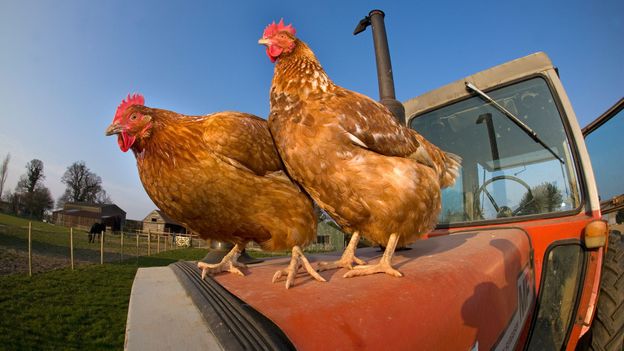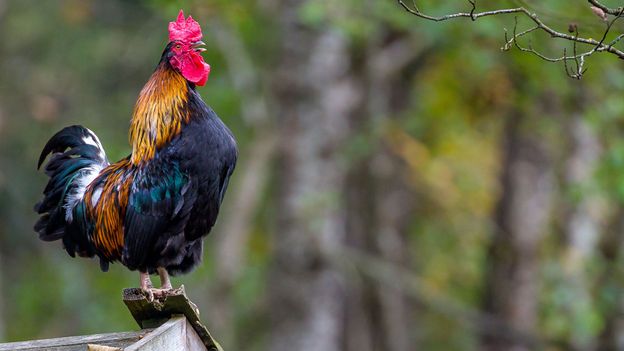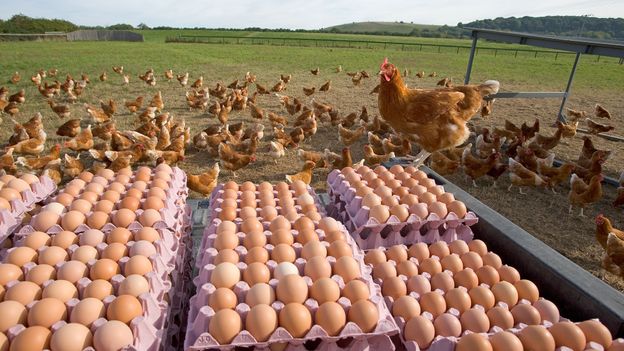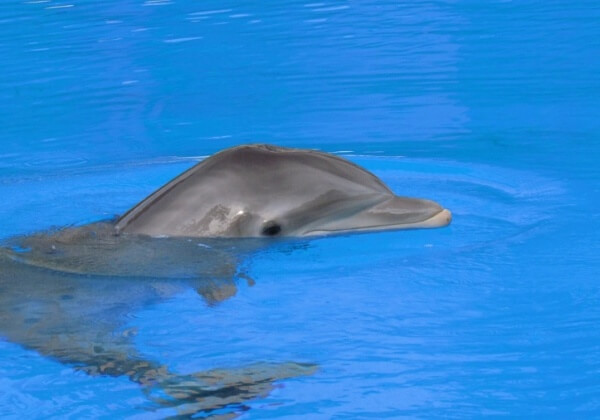One of the group members of Per La Mar Viva posted an article they found regarding an organisation called Break free from plastic and after following the links lead me to a report compiled from all over the world regarding the brands responsible for the most plastic pollution.
Here are some snippets from the report. (the full report is available at:https://www.breakfreefromplast
In 2020, thanks to our members and allies, Break Free From Plastic engaged 14,734 volunteers in 55 countries to conduct 575 brand audits. These volunteers collected 346,494 pieces of plastic waste, 63% of which was marked with a clear consumer brand. Despite the challenges of organizing during a global pandemic, our volunteers safely coordinated more brand audit events in more countries this year than in the previous two years.
As a special activity during the pandemic, we also worked with over 300 waste pickers to highlight their roles as essential workers. Participants catalogued over 5,000 brands in this year’s global audit. Our analysis reveals the following as the 2020 Top 10 Global Polluters: The Coca-Cola Com-pany; PepsiCo; Nestlé; Unilever; Mondelez International; Mars, Inc.; Procter & Gamble; Philip Morris International; Colgate-Palmolive; and Perfetti Van Melle.
The title of Top Global Polluters describes the parent companies whose brands were record-ed polluting the most places around the world with the greatest amount of plastic waste. Our 2020 Top Global Polluters remain remarkably consistent with our previous brand audit reports, demonstrating that the same corporations are continuing to pollute the most places with the most single-use plastic. Coca-Cola, Nestlé, and PepsiCo have remained our Top Three Global Polluters every year since our first global brand audit in 2018.
For the third consecutive year, Coca-Cola emerged as the #1 Top Global Polluter. A total of 13,834 branded Coca-Cola plastics were recorded in 51 countries, reflecting more plastic than the next two top global polluters combined. These results amount to a significant increase, as we recorded 2,102 more branded Coca-Cola plastic items in 14 more countries in 2020 than in last year’s global brand audit.
Seven of the top polluters—The Coca-Cola Company; PepsiCo; Nestlé; Unilever; Mondelez International; Mars, Inc.; and Colgate-Palmolive—have joined The New Plastics Economy Global Commitment, but this is not enough.
According to a recent Ellen MacArthur report, the signatories to the New Plastic Economy Global Commitment have only reduced their use of virgin plastic by only 0.1% from 2018 to 2019. The Break Free From Plastic movement is calling on companies to urgently reduce the amount of single-use plastic they use. The top polluters must reveal how much single-use plastic they use, then set clear, measurable targets for reducing the quantity of single-use plastic items they produce. Finally, they must reinvent their product delivery systems to move beyond single-use plastic altogether.
The group participating from Spain are Plastifreecame (Spain)
Break Free From Plastic’s (BFFP) brand audit is a citizen action initiative that involves counting and documenting the brands found on plastic waste collected at a cleanup to identify the companies responsible for plastic pollution. By collecting data on plastic waste, we challenge the industry narrative about who is responsible for the plastic crisis and how to solve it.
Brand audits enable us to shift the focus back to the companies that are responsible for creating the problem in the first place, and empower us to demand that they stop producing unnecessary throwaway single-use plastics. The annual brand audit report holds the top polluting companies accountable for fueling the plastic pollution crisis. Our efforts rely on people power to stand up to these mul-tinational corporations.
People power launched the Break Free From Plastic movement in the Philippines in 2016 to unite the voices of people worldwide advo-cating to stop plastic pollution at every stage of the plastic lifecycle. We are committed to building a global movement towards a future free from plastic pollution, while supporting and empowering communities on the front-lines of this crisis.
Our movement unites over 11,000 organizations and individual supporters from around the world to bring system-ic change through a holistic approach that tackles plastic pollution across the whole plastics value chain — from extraction to disposal — focusing on prevention rather than cure, and providing effective solutions.
BFFP member organizations and individuals share the common values of environmental protection and social justice. Brand audits enable communities to collectively influence the discourse on plastic pollution and provide them with the means to challenge polluters.
Everyone facing the consequences of plastic pollution is welcomed and encouraged to take part, from coastal communities impacted by microplastics, to people living in neighborhoods choked by the toxic fumes from plastic incinerators, to those whose water has been poisoned by petrochemical processing.
Plastic causes pollution and other environmental assaults at the expense of various communities and stakeholders from the moment its raw materials — oil and gas — are extracted. Changemakers from all over the world have joined forces for this annual effort, including small and large NGOs, community groups, schools and youth clubs, and of course, individual volunteers.
It is possible to become involved with this organisation, I have visited the website and requested more information on how to do it.
I think that this is really important information for people who are trying to stem the avalanche of plastic that is suffocating our only home. I keep saying this but it is us the people who have the power to make change. Stop buying these products in plastic whenever possible. Is a plastic bottle filled with a fizzy drink really essential to live? MAKE A STAND PEOPLE!!!
The blog song for today is: " Kiss" by Prince
TTFN

